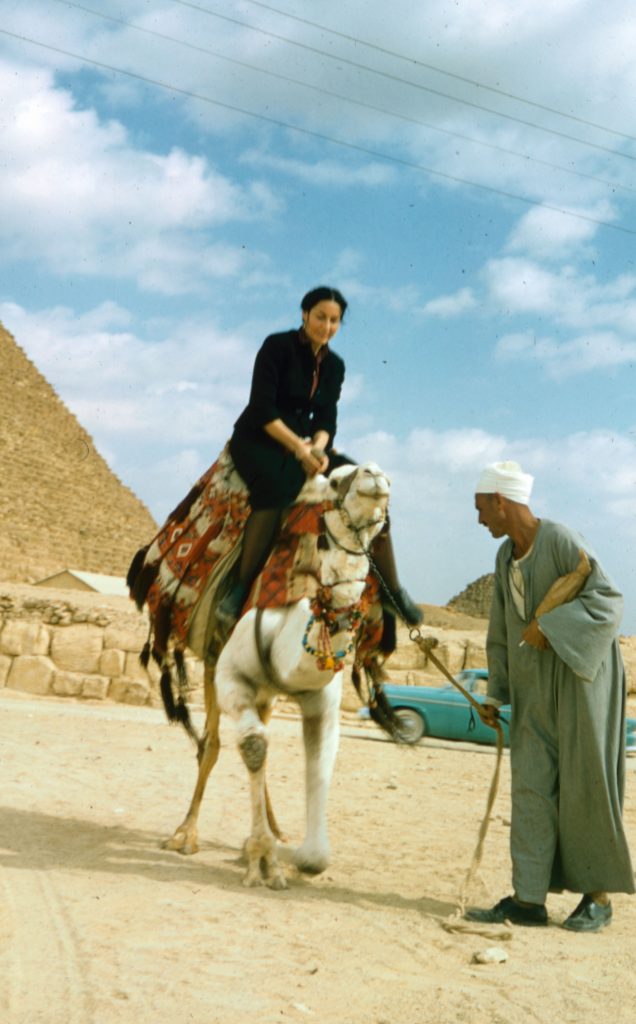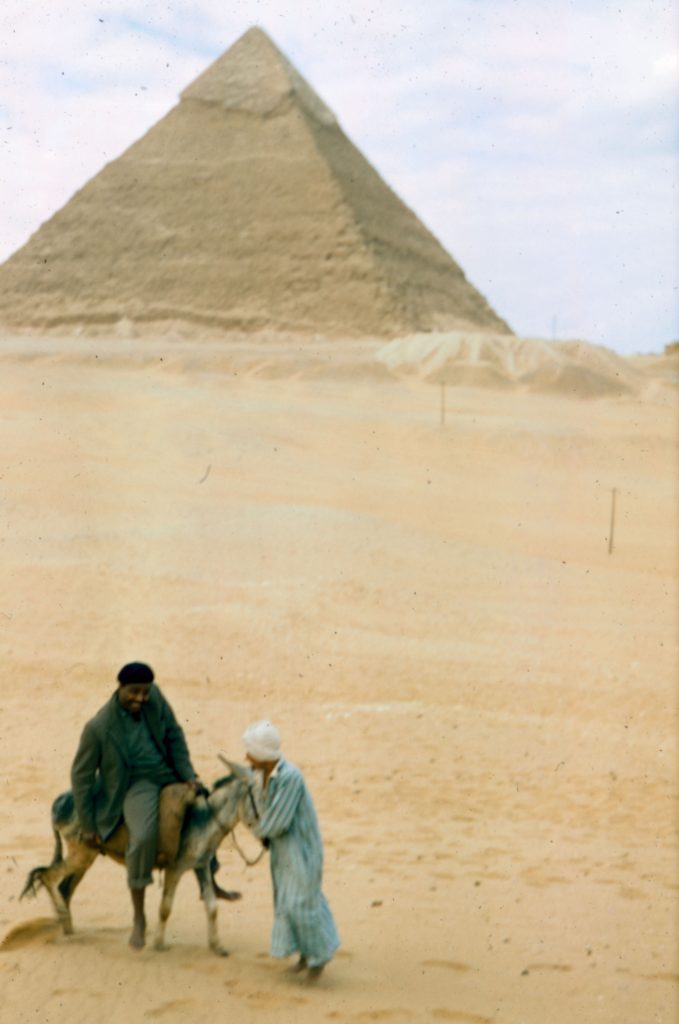Contributed by Kelin Baldridge, Project Archivist for the John Rhoden papers
As a follow up to the previous post, the following is a more visually-focused update on our progress to date!
The largest deliverable of the John Rhoden papers project is 5,000 publicly-available digitized items from the collection. With that said, our recent work has been focused on digitizing and cataloging. At the time of posting, we have digitized 2,610 physical records, totaling 3,275 individual scans.
We have worked our way through the manuscripts and black and white photographs and are currently scanning Rhoden’s color slides. Scanning the slides has proven to be an interesting challenge and our resident digitization expert, Jahna, has a post in the works explaining those challenges and solutions. Overall, however, digitization and cataloging is fairly straightforward work. So, in order to keep things interesting, we have included some gems discovered during the process below!
First, we have John and Richenda’s trip to Egypt touring some of the most iconic pyramids in the world to (precariously) riding camels and donkeys. The Rhodens clearly had the time of their lives!

Richenda, pyramids at Giza, 1958 
John, pyramids at Giza, 1958 
John, Colossi of Memnon, 1955-1959 
United Nations Peacekeeper, 1958
The slides also introduce countless new artists to the collection, both known and unknown. One of the most interesting is Hasan Kaptan, the Turkish prodigy who is largely unknown in the modern era. Born in Ankara, Turkey in 1942, Kaptan exhibited throughout Turkey, had a one-man (boy) show in Paris, and exhibited in the Galerie St. Etienne in New York (Paintings of a Ten-Year-Old Turkish Painter on October 29, 1952) by age ten. Throughout his adolescence, he continued to exhibit around Europe and in the United States. His story and work was featured in Time and Harper’s Bazaar. As an adult, Kaptan seemingly stepped away from exhibiting and selling his art and has largely been obscured from history.

Hasan Kaptan (aged 13-17), with his art, circa 1955-1959 
Serbian sculptor, circa 1955-1959
In 1954, John enjoyed the beaches of Sardinia, taking a break from his hard work at the American Academy in Rome.

John Rhoden with friends in Santa Teresa, Sardinia, 1954 
Richenda Rhoden posing on a dock in Maddalena, Sardinia, 1954
Rhoden also visited the Waterford Crystal factory in Waterford, Ireland and photographed the workers during the crystal making process.

This project, Rediscovering John W. Rhoden: Processing, Cataloging, Rehousing, and Digitizing the John W. Rhoden papers, is funded in part by the National Endowment for the Humanities, a federal agency.
ABOUT THE NATIONAL ENDOWMENT FOR THE HUMANITIES
Created in 1965 as an independent federal agency, the National Endowment for the Humanities supports research and learning in history, literature, philosophy, and other areas of the humanities by funding selected, peer-reviewed proposals from around the nation. Additional information about the National Endowment for the Humanities and its grant programs is available at: www.neh.gov.